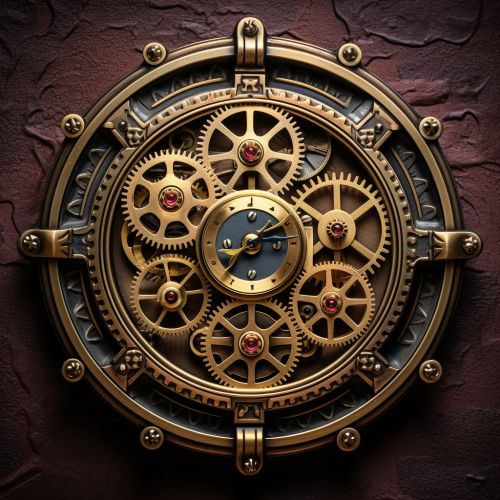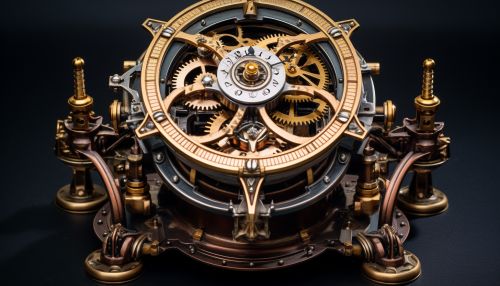Pascal's calculator
Introduction
Pascal's calculator, also known as the Pascaline, is a mechanical device invented by Blaise Pascal in the 17th century. Pascal was only 19 years old when he started working on this project, and he built 50 prototypes before finalizing his mechanical calculator. The device could add and subtract two numbers directly and could perform multiplication and division through repeated addition or subtraction.


Historical Context
The Pascaline was developed in a period when Europe was in the midst of the scientific revolution. Mathematicians and scientists like Galileo and Descartes were making significant advancements in fields like physics, astronomy, and mathematics. Pascal's invention was a product of this vibrant scientific environment.
Design and Mechanism
The Pascaline was a rectangular box-like device made out of brass. It consisted of a series of circular dials and gears, each representing a digit in the decimal number system. The user would input numbers using styluses and the device would display the result in the dials.
Impact and Legacy
Despite its innovative design, the Pascaline did not achieve commercial success, mainly due to its high cost. However, it had a significant impact on the development of mechanical calculators and computing devices. It inspired other inventors like Leibniz and Babbage to develop their calculating machines.
